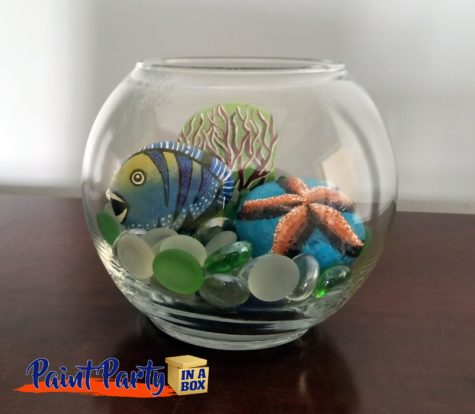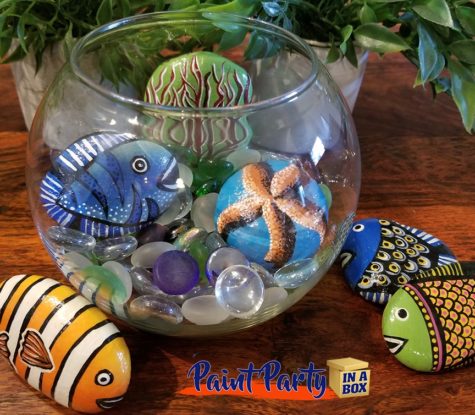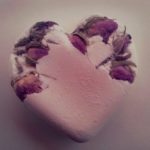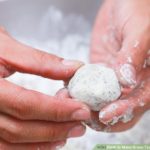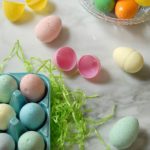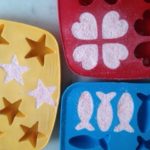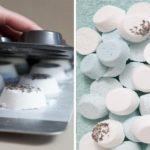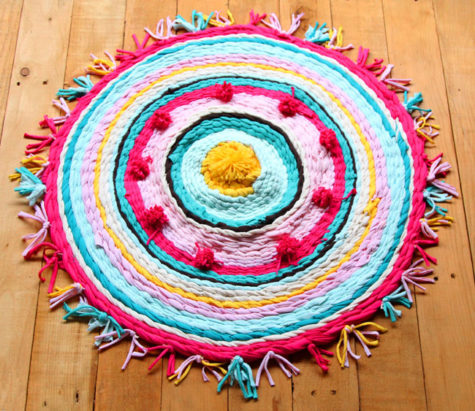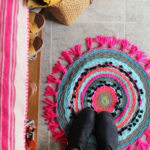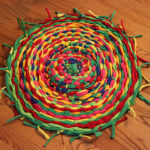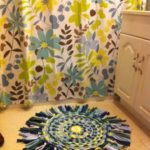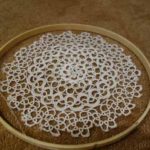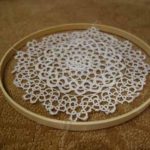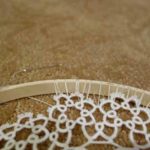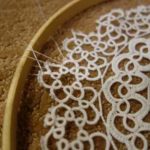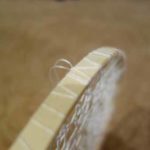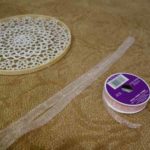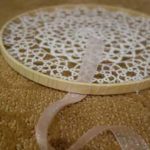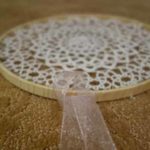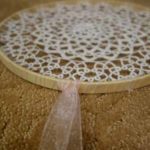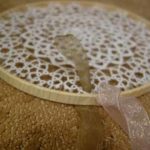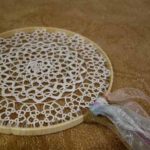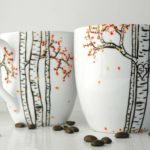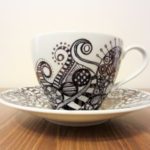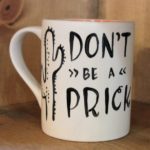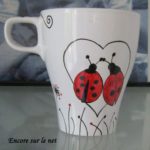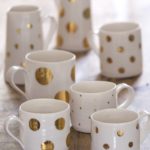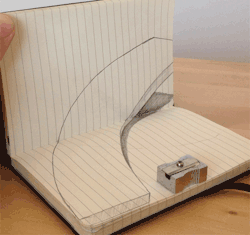Creative Projects
A Fun Project
Make A Pillow Bed
Here’s a fun idea. I think it’s especially good for nap times and sleepovers when you have little kids. But it’s also an idea for the next time we go camping… might make for a nice “mattress” for a camping cot. Also might be something comfy to sit on if we camp at a lake that has a rocky shoreline.
Sew 4 pillow cases together, insert the pillows, and you have a bed. It’s easy to keep clean, as the pillows slip easily out of the covers and can go straight into the wash.
Cinnamon Ornaments

- 1 part cinnamon
- 1 part applesauce
- Splash of nutmeg, cloves or ginger
Mix ingredients until it is a firm dough. If too try and crumbly, add more applesauce. If too moist, add more cinnamon or nutmeg. Roll out on a cinnamon-dusted board, rolling 1/4 to 1/8 inch thick.If the dough is really sticky, you can roll it out between 2 sheets of plastic wrap.
Use cookie cutters to make your ornament shapes. Using a pencil, straw, or skewer, make a small hole near the top for ribbon or string to hang the ornament with, and set aside until dry.
They may take a few days to a week to dry. (Some recipes say to bake them in a 200 degree oven for 2 to 2 1/2 hours and then allow them to thoroughly dry, but others don’t. Use your best judgment on that.) As they are drying, turn them occasionally.
Note: You can also make tiny balls with this recipe to use in scented sachets. Extra dough may be placed in plastic bag for later use.
Bath Bombs DIY
When I was younger, I loved bath bombs, but avoided them as I’ve gotten older because store bought versions typically contain artificial ingredients such as dyes and fragrances.
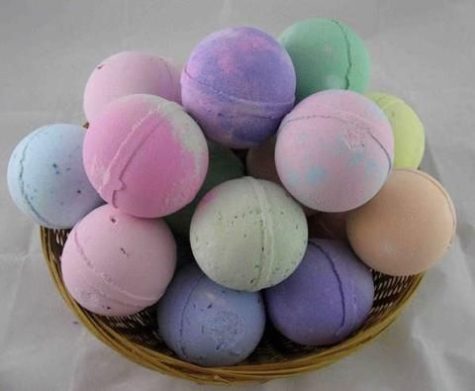
These homemade bath fizzies are a great solution! Made from nourishing sea salt or epsom salts, alkalizing baking soda and fizzing citric acid with a nourishing oil and vanilla base.
These can be packaged for a great gift or made countless ways for relaxing baths anytime! They are simple to make with kid-safe ingredients and are completely versatile. Let the kids think of ways to mix up the scents, colors, and other customizations.
Bath bombs only take seconds to make, so it is important to have the ingredients on hand and measured before you start. Most of the ingredients are pantry staples in many homes, but make sure you have these on hand:
- Baking Soda
The backbone of this recipe is alkalizing baking soda. It is a necessary complement to the acidic citric acid and part of the fizzing reaction. Food-grade aluminum free baking soda is best.
- Citric Acid
The more obscure ingredient in this recipe that a lot of people don’t have on hand is citric acid. It is necessary for the fizzing reaction that makes bath bombs feel like bathing in champagne. You can find citric acid on amazon, here’s a link: Citric Acid
- Corn Starch or Arrowroot
Corn starch provides the silky feel that we all love from bath bombs. I usually use organic corn starch powder in this recipe. Arrowroot also works but doesn’t provide quite as silky of a finished product.
- Salt, Oil and Liquid
These are all very versatile and you can pick any combination that you have on hand. You’ll need some kind of:
Oil: Pick a simple oil like olive oil, almond oil or coconut oil or get more fancy with sea buckthorn oil, argan oil or apricot oil.
Salt: Stick to basic salt or take it up a notch with epsom salt or another favorite salt option.
Liquid: Basic water works, but I also love using organic witch hazel for some extra skin soothing.
- Scents and Colors
This is where the options get endless. Use your favorite essential oils, add dried herbs or make them scent free. You can even add some natural dyes to change the color.
- Other Equipment
These are easy to make with measuring cups and your hands, but for a fancier and more uniform product, it helps to also have a digital scale to get the proportions exactly right.
- Molds
For the easiest version, just form these into balls with your hands, but if you are making as gifts or just want fancier shapes, molds are the way to go. You can buy actual bath bomb molds at amazon if you’d like. But you could also use those plastic holiday ornaments that come apart or Easter eggs for the molds if you already have either of those on hand. Some tutorials recommend greased muffin tins. I think those silicone ice cube and candy molds would also work just fine.
Here are a bunch of different ideas for molding your bath bombs:
- Added bonus
It seriously makes your whole room smell amazing while you make these!
Bath Bomb Basic Recipes
I found two basic recipes and am including them both here:
Bath Bomb Recipe 1
- 8 ounces Baking Soda (about 1 cup)
- 4 ounces Citric Acid (1/2 cup)
- 1/2 cup (4 ounces) Sea Salt or Epsom Salt
- 4 ounces Cornstarch (about 3/4 cup)
- 2 tablespoons oil of choice (this is my personal favorite but any liquid oil will work)
- 2 teaspoons witch hazel (or water) plus a little more if needed
- 1 teaspoon vanilla extract (or more water)
- 30-40 drops of Essential oils or powdered dried herbs (ginger is great)
Bath Bomb Recipe 2
- 4 oz. baking soda
- 2 oz. corn starch
- 2 oz. citric acid
- 2 oz. Epsom salt
- 1 to 1 1/2 teaspoons water
- 1 teaspoon essential oil
- 1 1/4 teaspoon oil (I like coconut or olive oil here)
- 1-2 drops food coloring (optional)
Makes two bombs (you can easily double or triple this recipe).
Instructions:
In a bowl combine the dry ingredients. Whisk to remove any clumps, corn starch tends to be clumpy. In a small glass jar stir together the wet ingredients. If you’re using coconut oil, give it a quick melt in the microwave or stove top first so it will more easily combine with the other ingredients.
Slowly pour the liquid mixture in with the dry mixture, whisking as you go. If you see the mixture fizz or foam, you may be adding the liquid too quickly. Once all the wet ingredients are combined with the dry, take a small amount in your hand and squeeze it together.
Mixture should hold together when squeezed without crumbling. It should stick together fairly well in one or two big chunks.
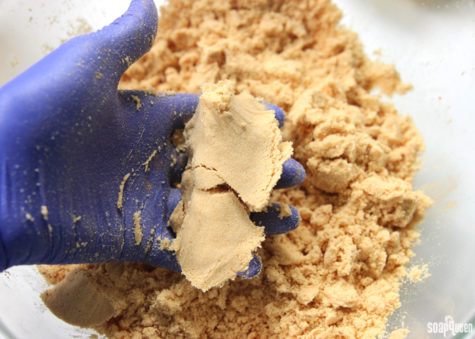
If it’s still too powdery to hold together, just add a tiny bit more water (or witch hazel) and mix until it does hold together.
If you are using a mold that makes a ball, fill each half of your bath bomb mold with the mixture until it’s just overflowing a little. Press together, then gently remove one side of the mold. Place the bath bomb on a tray and allow to dry out just a little (10-12 minutes) before removing the other side. Once you are ready to remove the other side, gently invert the bath bomb so the uncovered side is facing down, then gently remove the other half of the mold from the top. The key word, if you haven’t noticed, is gently. These can fall apart on you very easily if you’re not careful. If a bath bomb does crack in half while you’re removing it, you can gently press it back on top of the other half, or remove all the mixture back to the mixing bowl and start the molding process again. I had this happen to a few, so don’t fret, it’s easy to fix.
If you are using tins or trays, quickly push mixture into the greased muffin tins or any other greased container. Press in firmly and leave at least 24 hours (48 is better) or until hardened. It will expand some and this is normal. You can push it down into the mold several times while it is drying to keep it from expanding to much. Using the metal molds will create a stronger and more effective final bath bomb.
Note: I have seen some reports of the bath bomb sticking to these type of molds and refusing to come out., so be sure it is well greased.
Once they are completely out of the mold, allow them to dry out for 8 hours or overnight. Once very dry, you can wrap them in plastic wrap and store in a dry place until you’re ready to use them, or you can gift them to friends.
Tips and Variations:
You can add dried flower buds, like lavender buds, to these pretty easily. Just remember to use food grade dried flowers to avoid flowers that might have been grown with pesticides as you don’t want to soak in a bath with that. No thanks! Do keep in mind that after using a bath bomb with dried petals, you will have to remove these from your tub. So if that bothers you, then leave the buds out.
If you want to create two tone bath bombs, just mix up your batter in two separate bowls and only add the food coloring to one. Easy!
Here’s a YouTube tutorial:
Bath bombs are a great way to relax in the tub after a long day of dealing with kids, cooking, and all the other activities that motherhood entails. If you’ve never tried them, I highly encourage it, as it’s one of my favorite things to do at the end of the day.
Fool proof homemade bath bombs These turned out to be a lot of fun to make, and they are even more fun to use! I highly recommend giving them a try, or you could make a batch to give away to friends or family. Enjoy!
Borrowed from: The Prosperity Project
Weave A Round Rug
Pretty cute, huh? It’s not hard to make. Here are some pics that show how rugs like this can be made. It looks like a hula hoop is used as the frame. The fabric strips are cut from old T-shirts, but any fabric can be used.
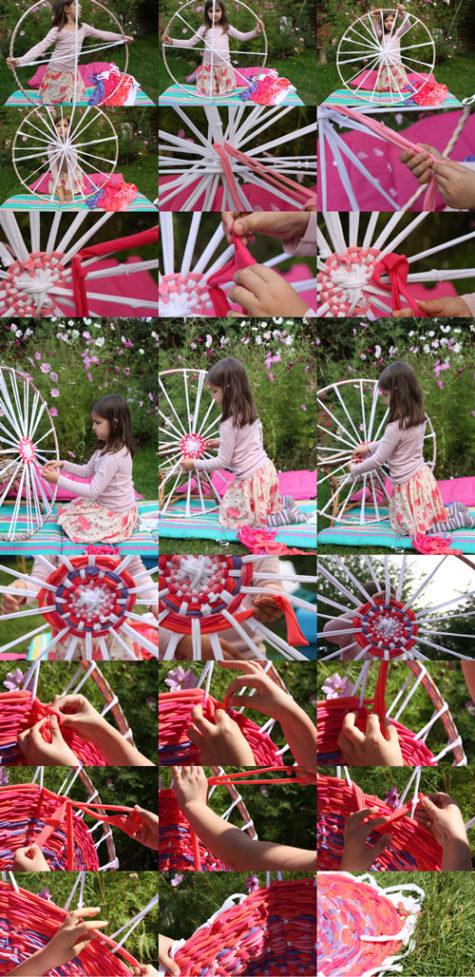
This may not be as easy as it looks. If you weave it too tightly, or if you use stretchy fabrics in strips that are too narrow, you may end up with a sort of limp basket. I found a post about this and a cute picture of a hula hoop rug fail. Here’s the link Project Hula Hoop Rug Fail and a pic:
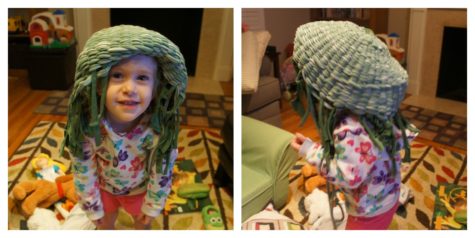
I did find success story pics though, so I think it’s a matter of making sure that the weave isn’t too tight, and that the cross pieces are sturdy and thick. I think old towels might lend themselves to a project like this as well. Be interesting to try. Here are more pics:
A Dream Catcher From A Doily
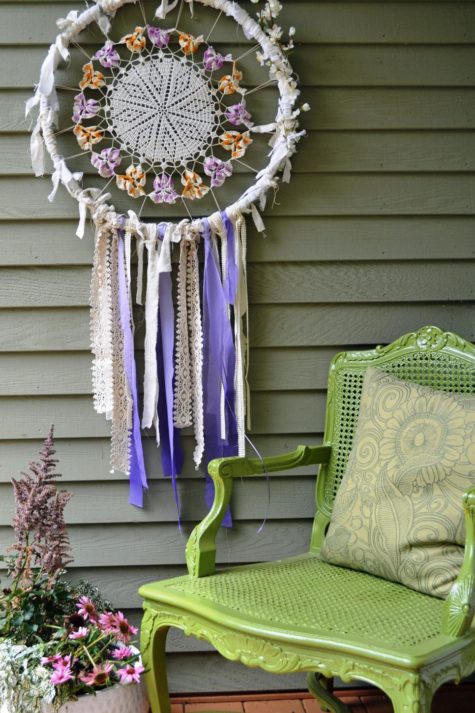
Hang a dream catcher on or next to your door. Let it catch your troubles as you pass. The one in the picture was made from a bicycle wheel, a doily and some ribbon. Dream catchers made from doilies are amazingly easy to put together!
Here’s a short visual tutorial:
Basically, you use the inside hoop of an embroidery hoop for the frame, and then you tie the doily on in four places to keep it stabilized. Then, using embroidery thread, you attach the doily to the frame. When that’s complete, add the ribbon and voila! Read the complete tutorial at: Bumble Bee Linens
This is the finished product:
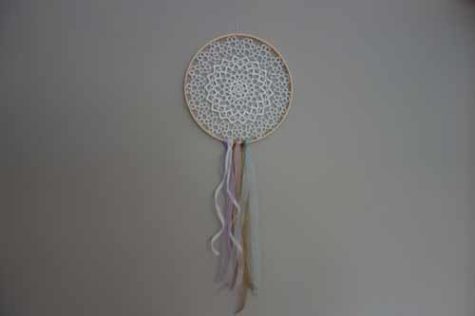
Borrowed from The Prosperity Project
Decorating Mugs!
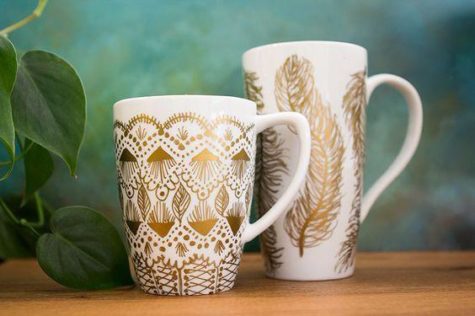
Yesterday, I explored a magickal cup of coffee, and it got me thinking about coffee mugs and so I went on a DIY search and found a bunch of tutorials on how to personalize and decorate coffee mugs. The first tutorial, found at Pop Sugar, features the use of sharpies. Here it is:
How to Make A Sharpie Mug
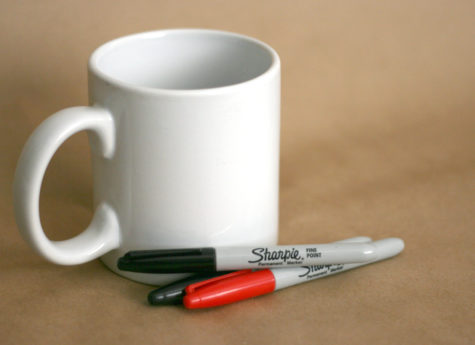
Do you have a plain, boring mug that needs a bit of spicing up? Personalize your cups and mugs by drawing on them! You can use them to add personality to your home or even give them as gifts to your loved ones. Here’s how to start:
- Buy some white cups or mugs. You can find them in superstores, thrift stores, dollar stores, and online. The cheaper the mug, the better this works.
- Pick a Sharpie. For long-lasting results, choose oil-based paint Sharpie markers. Regular Sharpie ink can come off even after baking. Pick a color to use on your mug. You can stay simple and choose one color, or be more ambitious and use multiple. If you’re sticking to one color, then black is usually a good choice, given its striking contrast to the white background of the mug.
- Wash the mug. Before applying the Sharpie, it’s important to get the mug completely clean and free of any oily residue from hands or fingers. Alcohol works well, after the mug has been washed with soap and water.
- Start drawing. Decide what you want to put on the cup, and maybe practice drawing it on a piece of paper before drawing on the mug. Pick a meaningful quote or a cute graphic to decorate the mug with, and get inspired by mugs being sold on Etsy or by googling examples of Sharpie mug projects online.
- Dry it out. For the best results, let the sharpie dry completely for 24 hours then bake at a low temp oven like 225° for 2 plus hours.
- Bake it. Remember to place the mug in the oven before it heats up and leave it in until the oven cools completely so there won’t be any cracks. You can choose to bake the mugs twice to really set in the Sharpie drawings. Baking the mug in the oven for 30 minutes at 350°F is what most tutorials recommend, but for best results, bake it at a lower temperature for a longer period of time (see above).
- Care and wash. If you use quality, oil-based sharpies, they should be dishwasher safe. All my pieces have gone through the dishwasher several times now, with no flaw. If you don’t feel sure about the dishwasher – hand washing is recommended.
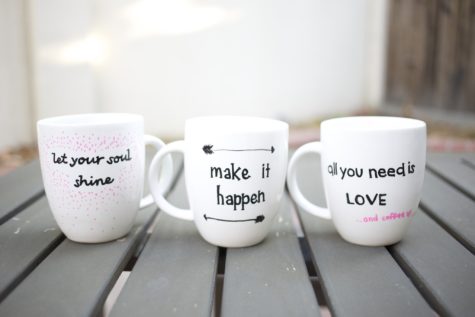
Does it really work?
While Sharpie mugs are very popular right now, there doesn’t seem to be any consensus on how to best make the mugs. Some say that some of the colors change when baked, some say that they don’t stand up to dishwasher washing (or handwashing even…), and some say that the paint chips off the mugs after a couple uses.
I found an experiment using 14 colors of oil-based, fine point Sharpies and Dollar Tree mugs at Destination Decoration, and her results were as follows:
While decorating the mugs, I wore gloves so the oils from my skin did not affect the finished product. All parts of the mug were dried for 24 hours before baking.
Based on my experiment, baking a Dollar Tree mug at 250 degrees for 2 hours provided the best results. The color of the paint remained largely the same and paint on the mug did not chip at all (except for the minor top chipping).
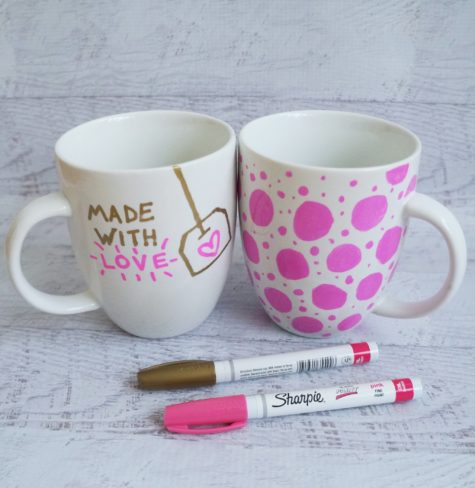
Tips from other tutorials and crafters:
- I used Pebeo Porcelaine 150 Paint Markers and they work great and do not come off. You can find them at Michaels or Amazon.com. I have even put them in the dishwasher. Stayed on great.
- It didn’t work for me! I just got a paint pen. They work perfectly fine and not any more expensive than sharpies.
- I monogrammed plates and cups with Sharpie oil based markers and did not bake. Let dry for 48 hours been in dishwasher many times and none of mine have come off at all.
- Here is what I find that works. Cheap Walmart mugs are best. Regular sharpies. Wipe first with alcohol to remove any residue. Careful not to touch drawing area with hands. After putting design on, wait 24 hours. Then put in cold oven. Turn temp to 425 and set timer for 30 minutes. At 30 minutes turn off oven, leaving project in until it’s completely cool. Hand wash then do a test run in the dishwasher.
- “I read an extensive article about this somewhere. First, cheap mugs work best due to the inexpensive glaze used. Put mugs in COLD oven, turn oven to 450 (not 350). The glaze needs to re-melt to incorporate the marker into it!! AFTER oven reaches temp, bake for 30 minutes. Turn oven off.. LEAVE MUGS IN CLOSED OVEN (not yelling, just important). Cool for 15 min, slightly crack oven open and let cool over night. This should properly incorporate the ink with the glaze.
- My aunt did it one year, I think she used car paint for scratch fixes. Not sure about the baking part. They lasted for years!
- You can get enamel/glass clear medium and paint over it with that and re-bake. That may help if that doesn’t work, then probably nothing will.
- Clean glass with rubbing alcohol first. Oil base isn’t for glass. Use Folk Art enamels paint applying with a brush or paint pens for glass only! You still have to bake for 30 minutes but let sit for 1 hour before you bake.
Design Ideas
100 Art Therapy Exercises
Here is a popular internet list of art therapy activities originally posted up many years ago by the Nursing School Blog. I agree that they would make interesting art therapy projects, and I also think this is a great list to browse through if you are looking for an idea or an inspiration.

Emotions
Deal with emotions like anger and sadness through these helpful exercises.
- Draw or paint your emotions.
In this exercise, you’ll focus entirely on painting what you’re feeling. - Create an emotion wheel.
Using color, this activity will have you thinking critically about your emotions. - Make a meditative painting.
Looking for a creative way to relax? Have trouble sitting still to meditate? Meditative painting might be just the thing you’re looking for. No painting skill or experience necessary – only a desire to relax and become more creative. - Put together a journal.
Journals don’t have to just be based around words. You can make an art journal as well, that lets you visually express your emotions. - Explore puppet therapy.
Puppets aren’t just for kids. Make your own and have them act out scenes that make you upset. - Use line art.
Line is one of the simplest and most basic aspects of art, but it can also contain a lot of emotion. Use simple line art to demonstrate visually how you’re feeling. - Design a postcard you will never send.
Are you still angry or upset with someone in your life? Create a postcard that expresses this, though you don’t have to ever send it. - Create a family sculpture.
For this activity, you makes a clay representation of each family member– mother, father, siblings, and any other close or influential family members to explore emotional dynamics and roles within your family. - Paint a mountain and a valley.
The mountain can represent a time where you were happy, the valley, when you were sad. Add elements that reflect specific events as well. - Attach a drawing or message to a balloon.
Send away negative emotions or spread positive ones by attaching a note or drawing to a balloon and setting it free. - Collage a heart.
Collage your childhood memories in a heart formation.
Relaxation
Art therapy can be a great way to relax. Consider these exercises if you’re looking to feel a little more laid back.
- Paint to music.
Letting your creativity flow in response to music is a great way to let out feelings and just relax. - Make a scribble drawing.
With this activity, you’ll turn a simple scribble into something beautiful, using line, color and your creativity. - Finger paint.
Finger painting isn’t just fun for kids– adults can enjoy it as well. Get your hands messy and really have fun spreading paint around. - Make a mandala.
Whether you use the traditional sand or draw one on your own, this meditative symbol can easily help you to loosen up. - Draw with your eyes closed.
Not being able to see what you are drawing intensifies fluidity, intuition, touch and sensitivity. - Draw something HUGE.
Getting your body involved and moving around can help release emotion as you’re drawing. - Use color blocks.
Colors often come with a lot of emotions attached. Choose several paint chips to work with and collage, paint and glue until you’ve created a colorful masterpiece. - Let yourself be free.
Don’t allow yourself to judge your work. If you think your paintings are too tight and controlled, this collection of tips and techniques to try should help you work in a looser style. - Only use colors that calm you.
Create a drawing or a painting using only colors that you find calming. - Draw in sand.
Like a Zen garden, this activity will have you drawing shapes and scenes in the sand, which can be immensely relaxing and a great way to clear your mind. - Make a zentangle.
These fun little drawings are a great tool for letting go and helping reduce stress. - Color in a design.
Sometimes, the simple act of coloring can be a great way to relax. Find a coloring book or use this mandala for coloring. - Draw outside.
Working en plein air can be a fun way to relax and get in touch with nature while you’re working on art.
Happiness
Art can not only help you deal with the bad stuff, but also help you appreciate and focus on the good. Check out these activities all about reflecting on your personal happiness.
- Collage your vision of a perfect day.
Think about what constitutes a perfect day to you and collage it. What about this collage can you make happen today? - Take photographs of things you think are beautiful.
No one else has to like them but you. Print and frame them to have constant reminders of the beautiful things in life. - Make a collage related to a quote you like.
Take the words of wisdom from someone else and turn them into something visually inspiring. - Create a drawing that represents freedom.
The Surrealists embraced automatic drawing as way to incorporate randomness and the subconscious into their drawings, and to free themselves from artistic conventions and everyday thinking. - Document a spiritual experience.
Have you ever had a spiritual experience in your life? Paint what it felt like intuitively. - Make a stuffed animal.
Soft, cuddly objects can be very comforting. Use this project to create an animal from your intuitive drawings. - Work on a softness project.
Using only soft or comforting objects, create a work of art. - Build a “home.”
What does home mean to you? This activity will have you create a safe, warm place that feels like home to you. - Document an experience.
An experience where you did something you didn’t think you could do. We all have to do things that we’re scared or unsure of sometimes. Use this activity as a chance to commemorate one instance in your life. - Think up a wild invention.
This invention should do something that can help make you happier– no matter what that is. - Make a prayer flag.
Send your prayers for yourself or those around you out into the universe with this project.
Portraits
Often, a great way to get to know yourself and your relationships with others is through portraits.
- Create a past, present and future self-portrait.
This drawing or painting should reflect where you have been, who you are today, and how see yourself in the future. - Draw a bag self-portrait.
On the outside of a paper bag, you’ll create a self-portrait. On the inside, you’ll fill it with things that represent who you are. - Choose the people who matter most to you in life and create unique art for each.
This is a great way to acknowledge what really matters to you and express your gratitude. - Collage someone you admire.
If someone has ever helped inspire your path, collage this person. - Create an expressive self-portrait.
Paint in expressive colors. Select colors for emotional impact. - Draw yourself as a warrior.
Start thinking about yourself as a strong, capable person by drawing yourself as a warrior in this activity. - Create a transformational portrait series.
Transform your perceptions about yourself with this list of self-portrait ideas. - Imitate Giuseppe Arcimboldo.
Using objects that have meaning to you, create a portrait of yourself. - Create a body image sketch.
Practice life drawing to fall in love with all of the varieties of the human body, including your own. - Draw a mirror.
This activity is based around a Piet Mondrian quote: “The purer the artist’s mirror is, the more true reality reflects in it.” It involves letting die what is not your true reflection, is getting back a truer reflection of yourself in your mirror. - Draw yourself as a superhero.
Many people like superhero stories. We resonate with the themes in the stories, with the dilemmas and problems that superheroes face, and we aspire to their noble impulses and heroic acts.
Trauma and Loss
These activities will ask you to face some unpleasant aspects of life, but with the goal of overcoming them.
- Draw a place where you feel safe.
An art therapy directive for finding your safe place for healing from trauma. - Create a mini-diorama.
This diorama can showcase an important moment in your life or some trauma that you’ve experienced. - Create a collage of your worries.
What worries you in your life? Cut out pictures from magazines to represent these worries. - Draw something that scares you.
Everyone is frightened of something and in this project you’ll get a chance to bring that fear to light and hopefully work towards facing it. - Turn your illness into art.
Struggling with a potentially terminal illness? Turn your illness into something meaningful with the creative journal method. - Paint a loss in your life.
If you’ve lost someone you love or something, paint it. This will help you to remember but also to recover. - Make art that is ephemeral.
Sometimes we have a hard time letting go, but this project will teach you that it’s ok if something doesn’t last. Use materials like sand, chalk, paper or water to create art that you will destroy when it’s done.
Collaging
If you prefer to cut and paste rather than draw or paint, these projects are for you.
- Create a motivational collage.
You can hang this collage somewhere you’ll see it everyday. Filled with images you find motivating, it’ll help you keep pushing on. - Create a face collage on a mask.
We all wear masks of some sort. This project lets you showcase what’s in your mask and the face you put on for the world. - Create a clutter collage.
Are there things cluttering up your life? In this project, use words and pictures to show the clutter in your way. - Create a calming collage.
Choose images that you find soothing, calming or even meditative and combine them to create an attractive collage that can help you to relax. - Collage a painting.
To complete this exercise, you’ll first need to create a simple, abstract painting on paper. Then, tear this painting up and create another. Think about how you felt when you had to tear up the first painting and which you like more.
Self
Examine aspects if who you are and how you see the world through these amazing art projects.
- Draw images of your good traits.
Creating drawings of your good traits will help you to become more positive and build a better self-image. - Draw yourself as an animal.
Is there an animal that you have a special interest in or feel like is a kindred spirit? Draw yourself as that animal. - Create a timeline and journal the most significant moments in your life.
This timeline will be the story of your life, with the most important moments highlighted visually. - Put together a jungle animal collage.
Choose jungle animals that you find the most interesting, draw them, and then reflect on why you’ve chosen these specific animals. - Sculpt your ideal self.
If you could make yourself into the perfect person, what would you look like? - Draw the different sides of yourself.
In this project, you’ll explore the different aspects of your personality, giving each a visual representation. You might only have one or two, or maybe even twelve. - Make art with your fingerprints.
Your fingerprints are as unique as you are. Use ink and paint to make art that uses your fingerprints. - Draw yourself as a tree.
Your roots will be loaded with descriptions of things that give you strength and your good qualities, while your leaves can be the things that you’re trying to change. - Design a fragments box.
In this project, you’ll put fragments of yourself into a box, helping construct a whole and happier you. - Paint an important childhood memory.
What was a pivotal memory in your childhood? This activity asks you to document it and try to understand why it was so important to you. - Write and illustrate a fairy tale about yourself.
If you could put yourself into a happily ever after situation, what role would you play and how would the story go? Create a book that tells the tale. - Design a visual autobiography.
This creative journaling project asks you to look back at your life and make a visual representation of it. - Create your own coat of arms.
Choose symbols that represent your strengths to build your own special coat of arms. - Draw a comic strip about a funny moment in your life.
Enjoy a moment of levity with this exercise that will focus in on a comical even that happened to you. - Build your own website.
Websites are very versatile ways to express yourself. Build your own to express what’s most important about you. - Create a box of values.
First, collage or paint a box the represents you. Then, place items inside the box that represent the things you value the most.
Gratitude
Here you’ll find a collection of projects that will help you be happy about what you have and express your gratitude for it.
- Document your gratitude visually.
What things are you grateful for in your life? Paint or collage a work that represents these things. - Create a family tree of strength.
This exercise honors those around you who support you. Paint those close to you who offer you the strength you need. - Make something for someone else.
Making something for someone else can be a great way to feel good and help someone else do so as well. - Make anchor art.
Who are the anchors in your life? In this project, you’ll make an anchor and decorate it with the people and things that provide you stability and strength. - Draw all the positive things in your life.
Everyone has at least one good thing in life, so sit down and figure out what makes you happy– then draw it. - Sculpt your hand in plaster.
Once it’s dry, write all the good things you can do with it right onto the hand. - Paint a rock.
This project is meant to offer you strength. You can approach it in two ways. One option is to paint the rock with things that empower you. The other is to paint it with struggles you overcome. - Write on leaves to create a gratitude tree.
What are you grateful for? This project asks you to write those things on leaves to construct a tree or banner of gratitude. - Map of consciousness collage.
More often than not, in a single day, we can feel conflicted in our consciousness in several different ways. This directive helps to explore personality dynamics by mapping them out visually with spontaneous collage and drawing. - Create a snowflake out of paper.
Write ideas about how you are unique on the snowflake. - Build a personal altar.
This is a highly personal project that will help connect you with your spiritual side and honor your resilience.
Inside the Mind
Take a look inside your mind to see what’s going on with these projects.
- Create a blot art.
Like a classic Rorschach test, fold paper in half with paint or ink in the middle and describe what you see. - Mind Mapping.
Make a visual representation of your thoughts to figure out how your mind works. - Make a dreamcatcher.
Having bad dreams? Create this age-old tool for catching your dreams with a few simple tools. - Draw your dreams.
You can learn a lot from what goes on in your dreams, so keep a dream journal and use it for inspiration to draw or paint.
Miscellaneous
If you’re still looking for something to empower, help or soothe you, these projects may fit the bill.
- Use natural materials.
Leaves, sticks, dirt, clay and other natural materials can help you get in touch with the natural world and the more primal side of yourself. - Build an archetype.
Check out this series of projects to build a set of archetypes, or ideal examples, that can help you explore how you see the world. - Use your body as a canvas.
You don’t need paper when you have you body. Paint on your hands and feet or anywhere else to feel more in touch with yourself. - Sculpt spirit figures.
Connect with those that have passed on or your own spiritual essence using these sculpted figures. - Make art out of recycled items.
You can reuse old items that have meaning to you or just re-purpose something you have laying around. Either way, you’ll get insights into how you can reshape and reevaluate your own life. - Collage with old photographs.
If you’re uncomfortable using old photos you can make copies, but with this project you’ll draw out one characteristic you see in the person in the photos. - Create your own interpretation of a famous work of art.
How would you have painted the Mona Lisa? Using a famous work as your inspiration, create your own work. It could help reveal more about your lens on the world. - Work collaboratively.
Art can be better when two work at it together, so find a partner and collaborate on just about anything. - Use a found or made object as a paintbrush.
Whether it’s something sharp or something soft, make your own artistic tool and use it to express what you’re feeling. - Make crayon stained glass.
Reflect upon your spiritual side with this project that lets you create your own stained glass window. - Paint a window.
Windows let you see in and see out. Paint yours with things you want to hide or show to the world.
Found at Intuitive Creativity
